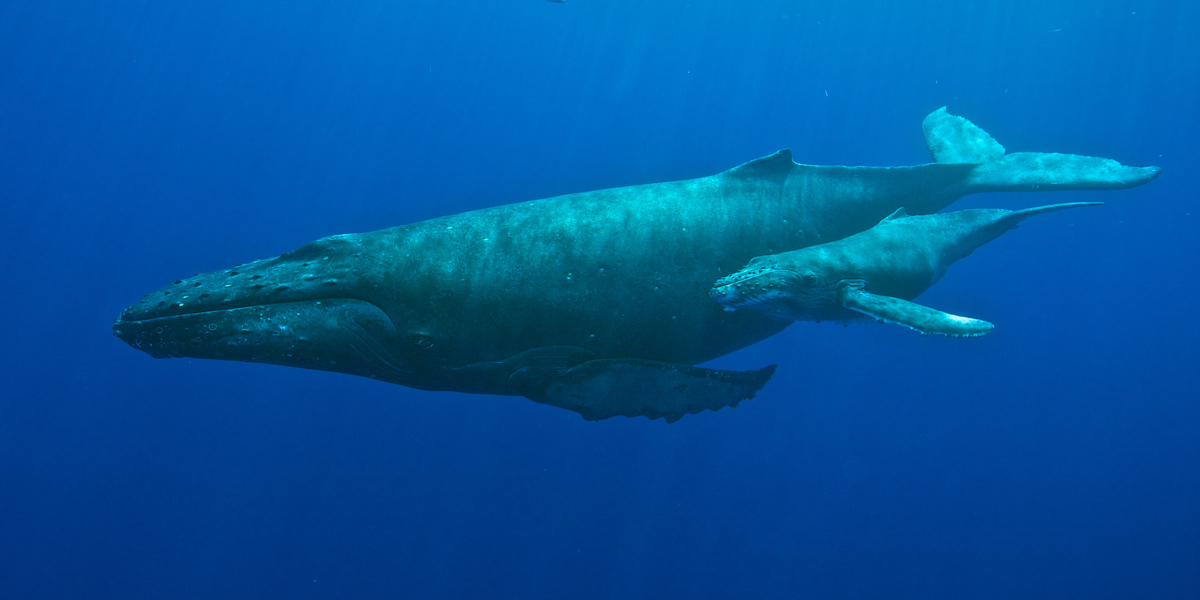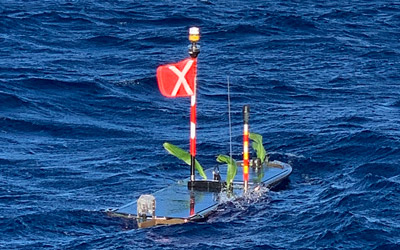News
“Along for the Glide”: the Wave Glider’s Journey through Papahānaumokuākea

The Wave Glider, a remotely operated surface vehicle, traveled 2600 miles over 67 days from January 8 to March 14, 2020, recording the presence of koholā (humpback whales) in the monument. Scientists used this new tool in their quest to study humpback whales as part of NOAA and the U.S. Navy’s Sanctuary Soundscape Monitoring Project, also known as SanctSound.

Named Europa, it was designed by the Jupiter Research Foundation and is one of the most revolutionary and remarkable pieces of technology being used in marine mammal science today. An autonomous surface vehicle, the Wave Glider is composed of a surface float connected via an umbilical to a sub-surface, winged module.
The story that the data collected by the Wave Glider tells is both fascinating and important for the future of humpback whale research in Hawai’i. Humpback whale song—which indicates the presence of whales—was detected at every bank or shoal that the Wave Glider visited during its voyage. Middle Bank, located towards the southeastern end of the archipelago, had the highest prevalence of whale song.
The results of the glider’s survey provided evidence that humpback whales occur widely throughout Papahānaumokuākea Marine National Monument, beyond the main Hawaiian islands. They also suggest that there may be more structure to the distribution of whales than previously thought, raising intriguing questions about whether all humpback whales in the archipelago are indeed part of the same distinct population segment.


